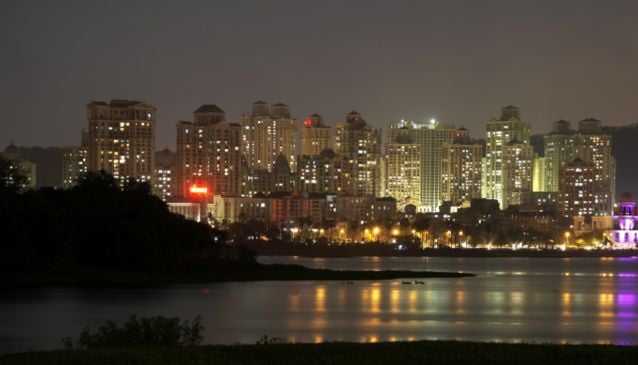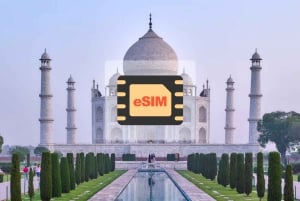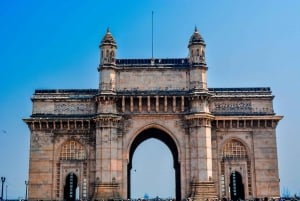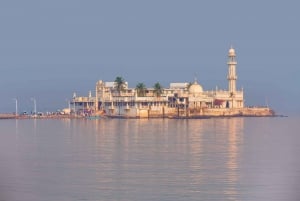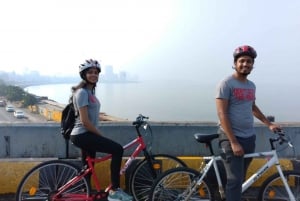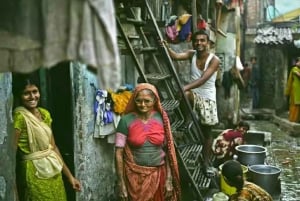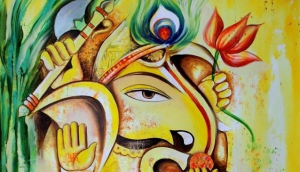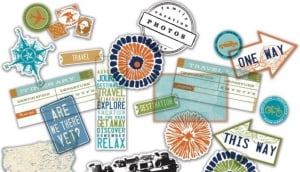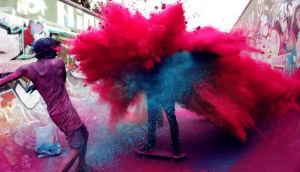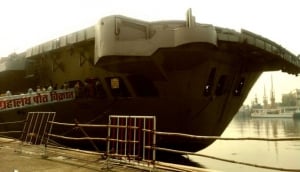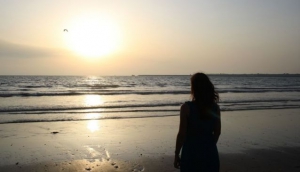Mumbai -15 Amazing Facts!
Some amazing facts buried deep within the bosom of the mega city
Book Top Experiences and Tours in Mumbai:
If youʻre booking your trip to Mumbai last minute, we have you covered. Below are some of the top tours and experiences!- Mumbai: Slumdog Millionaire Tour of Dharavi Slum
- Mumbai: Morning Bicycle Tour
- Mumbai: Private Full-Day Sightseeing Tour of the City
- Dharavi Walking Tour with Options
- Mumbai: Half-Day Tour
Life in a metropolis like , is on one hand full of frenzied new discoveries each day and on the other, is also a constant grind that the resilient people of the city endure ardently.
With all its adequacies and inadequecies, the remarkable city continues to have a mesmeric effect on people from all walks of life cutting across India and beyond, who come in hordes into the Maximum City daily, in search of a better future.
The incredible city of Mumbai has a very vivid history and there lying buried within its bosom are amazing facts, some of which are being listed below:

1) Mumbai is built on what was once a group of seven islands.
2) These seven islands were merged into one landmass over a period of six decades starting circa 1784 AD
3) Mumbai was previously known as Bombay, a name given by the Portuguese navigator, Francis Almeida derived from Bom Bahia which means the Good Bay.
4) The Portuguese handed over Bombay to the English in 1661, as a part of dowry, when King Charles II of England married Princess Catherine de Braganza of Portugal.
5) The zero mile of Mumbai, which marks the centre of the city has 3 different locations as perceived by the Mumbaikars. The Flora Fountain at Hutatma Chowk, the Asiatic Society Library in the Fort area and the GPO near the CST terminus, all are believed to be the actual zero mile/s of Mumbai.

6) The Flora Fountain was erected at the exact place where once an entry to Bombay Fort, Churchgate, a gate named after the St Thomas Cathedral, used to be. The Cathedral was the first church to be built in Mumbai and is also the reason that we have a station by the name 'Churchgate'.
7) The Asiatic Society Library has one of the only two first edition original copies of Dante’s Divine Comedy in its collection.
8) The present day name of Mumbai is derived from the name of an ancient Goddess of the Koli fishing community, Mumba Devi and Ai which in Marathi means mother.
9) The Mumbai suburban trains or locals, the lifeline of the city carry more than 7.2 million commuters’ everyday, which is more than the total population of Israel.
10) The Mumbai suburban trains carry nearly 200,000 lunch boxes known as dabbas everyday which are distributed by the 4000 odd “Dabbawalas” to corporates, workers and students alike.

11) The more than a century old Dabbawala System has been awarded a six sigma performance rating by the Havard Business Review magazine for its astonishing service accuracy rate.
12) Douglas Jardine, the English cricket team captain, who is infamous for the Bodyline series and the Nobel prize winner writer Rudyard Kipling, who is famous for his Jungle Book and Mowgli, were born in Mumbai.
13) Rudyard Kipling’s birth home is within the campus of the JJ Institue of Applied Art and has been traditionally the home of the dean of the institution.
14) Bhendi Bazaar area in Mumbai has a very interesting story behind the genesis of its name. This area which is to the north of Crawford market was referred to as the place which was “behind the bazaar” by the British who resided in the Fort area, a locality which is to the south of Crawford market. The locals mistakenly picked “behind the bazaar” as “Bhendi Bazaar” and thus the very unique name.
15) Last but not the least, Dharavi in Mumbai was once an island, then a mangrove swamp and today is one of the largest slums in Asia which reportedly exports goods worth more than USD 650 million to countries across the world.




